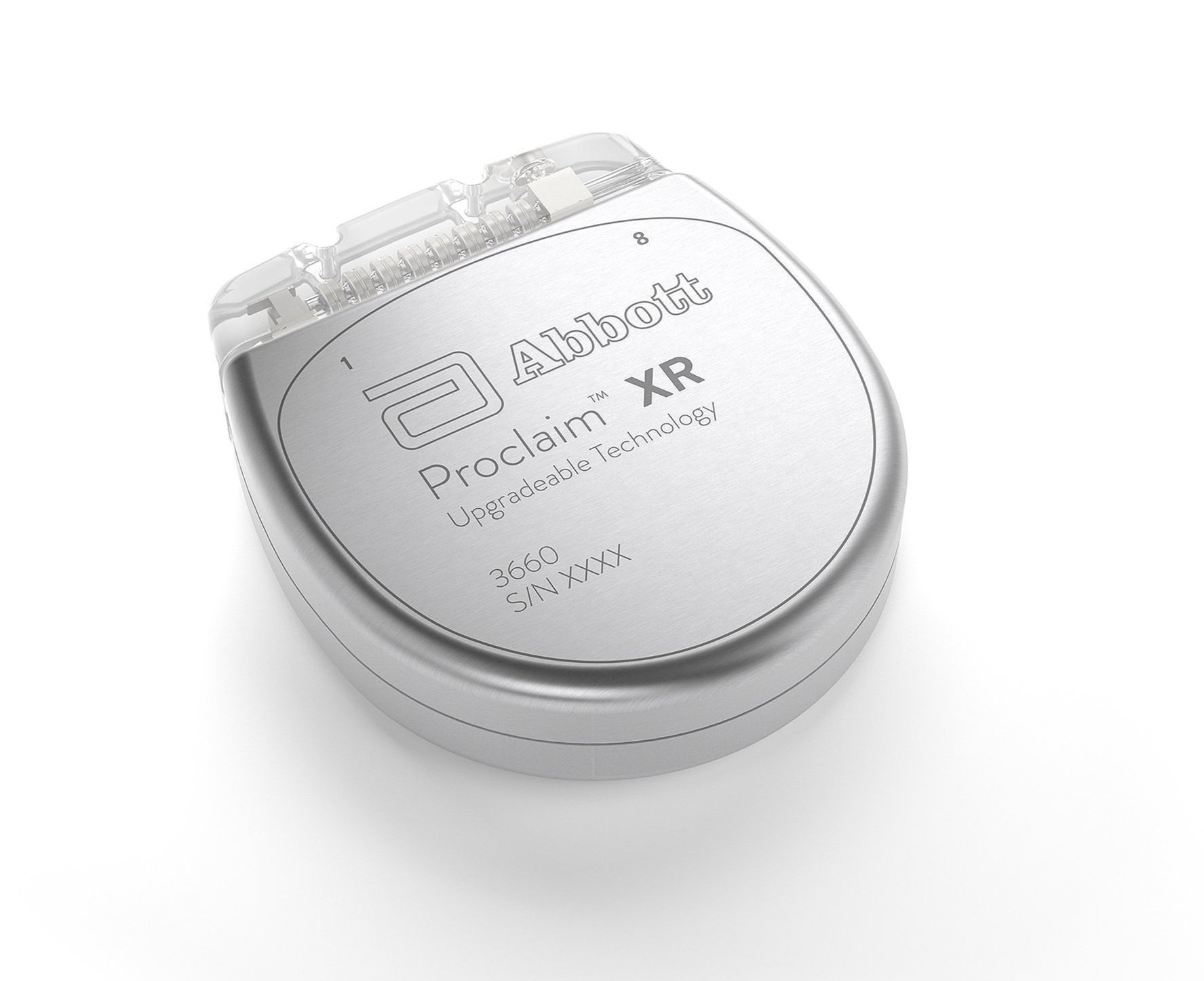How ‘Injectrode’ Could Change Treatment of Chronic Pain
/By Pat Anson, PNN Editor
An experimental “injectrode” is showing potential as a new neuromodulation treatment for chronic pain, after the first human clinical trial demonstrated the device’s safety and effectiveness in stimulating nerves in the lower back.
The injectrode is a thin and flexible lead wire that is injected by a needle through the skin and placed near an injured nerve. The wire can then be charged by an externally worn stimulator that sends mild electrical impulses to the nerve to block pain signals.
The injectrode is being developed by Cleveland-based Neuronoff, Inc. as a treatment for many types of chronic pain, such as peripheral nerve pain, phantom limb pain and lower back pain. It all depends on the nerve being targeted.
“You can treat knee pain, shoulder pain, lower back pain by stimulating nerve fibers that are providing proprioceptive input sensory input into the spine and thereby help with a reduction of pain perception,” said Manfred Franke, CEO of Neuronoff, who compares the injectrode wire to a Slinky, a toy once popular with Baby Boomers.
“It’s like a spring, like a Slinky, that’s stuck inside a needle,“ he told PNN. “And when that Slinky comes out of the needle, it folds over and it can conform to the anatomy. If you want to take out the injectrode, all you have to do is pull at any point along its length and then the entire injectrode will come out. Nothing is at risk of being left behind.”
This video produced by Neuronoff demonstrates how the device is injected:
Because the injectrode is easy to install in an out-patient procedure, it could potentially be a low-cost competitor to more invasive neuromodulation devices, such as spinal cord stimulators, and reduce the need for pain medication, steroid injections and procedures such as nerve ablation.
“The injectrode represents a paradigm shift in the field of neuromodulation. Its unique flexible design allows for optimal customization to the patient's anatomy and has the potential to be both a temporary and permanent solution without an internal pulse generator,” said Hesham Elsharkawy, MD, an anesthesiologist and clinical advisor to Neuronoff. “The entire procedure takes just 5-10 minutes, making it highly efficient and accessible for patients seeking relief from chronic pain."
In the investigational pilot study, 10 healthy volunteers had injectrodes placed in their lower back and tested. After 30 days, there were no serious adverse events and the injectrodes were removed without analgesics or sutures.
Because the injectrodes work similarly to transcutaneous electrical nerve stimulators (TENS) already on the market, Franke is hopeful the devices will be cleared by the FDA for marketing without more clinical trials, perhaps as soon as early 2025. The key will being getting insurers to cover the injectrodes, which will cost a few thousand dollars, far less than spinal cord stimulators.
“Which is an advantage to the insurance company. And any advantage that you can provide to the insurance company is a benefit for the patient because you're more likely to be receiving prior approval,” Franke said. “The goal is to be cost efficient enough to the insurance companies, so you can replace repeat drug injections or nerve ablations.”
In addition to pain, Franke says the electrodes have the potential to treat other medical conditions, such as overactive bladders and hypertension. In tests on animals, the devices significantly lowered blood pressure when they stimulated nerves in the neck.








